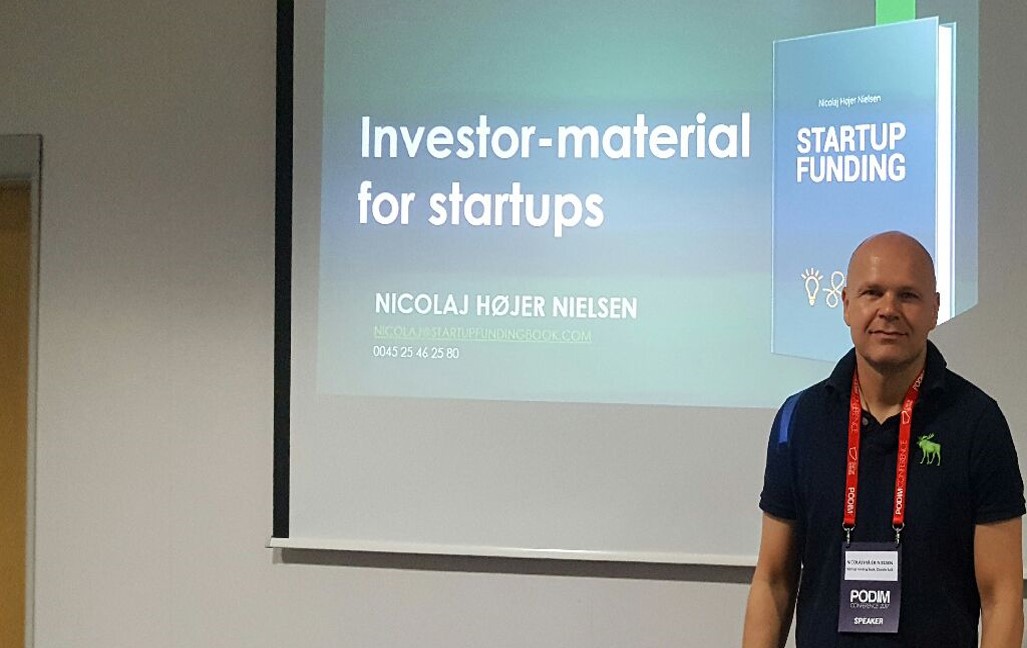How to contact investors – do I need to write a business plan?
A common mistake is for entrepreneurs to send their 50-page business plan to multiple investors and then sit back waiting for them to call and invite them to pitch. But before you send out any material, you need to get the trust of a potential investor. They get hundreds, if not thousands, of contact requests a year. Every entrepreneur thinks they have the best idea or they wouldn’t be doing it. But why should a busy, time-strapped investor speak to you? What’s in it for them? In this blog post you will learn how to approach potential investors, and why you shouldn’t send them a business plan.
Rule number 1 – Don’t write a business plan!
Many entrepreneurs believe they should write a long and well-articulated business plan, setting out in detail all their future plans, and that the business plan is key to funding. Wrong. If you send a long business plan to a professional investor I can guarantee they won’t read it – and for three reasons:
1 It’s too long
2 It’s full of irrelevant details
3 It’s out of date
1. Too long
Investors won’t allocate time to read a 50-page business plan, especially not early in the process when they’re mainly looking to weed out unsuitable opportunities. They get so many opportunities that they must be able to evaluate yours in three or four pages. If you send them a long business plan, they might read the first five pages to see if it has an executive summary and they won’t read the rest. Danish venture capitalist Nikolaj Nyholm works as a partner in Sunstone Capital. I once asked him what he does when an unsolicited, long business plan is emailed to him. He said, ‘It will most likely rot to death in my inbox.’
2. Irrelevant details
A business plan is often full of irrelevant information. When you write it, you’re caught up in explaining a lot of details about the future – many of these are of limited interest and value to a potential investor. When you try to estimate your rental costs in three years, or whether in five years you’ll go into other territories like Germany before Spain, you will lose them. They know the plan will change many times before then. What investors are looking for are specific elements of the business model: the problem you’re solving, how you’re solving it, who your customers are, the team, etc. They don’t want to play the needle in the haystack game, trying to locate those five or 10 useful pages among dozens.
3. Outdated
The problem with a lengthy and detailed plan, with graphs of your cost of business and your market penetration guesstimates for year five, is that it’s outdated as soon as you press the print button. Perhaps you assume that your customers will pay €10 and they’ll be in Europe, and then you launch and find out that the customers won’t pay €10 and they come Just ask the founders of some of the most successful startups what their initial business idea was, and you’ll find it was very different from the business they are running now. Investors know that and therefore won’t spend hours reading your lengthy plan.
Should you ever make plan for internal use?
Should you write a business plan just for internal use? Most serial entrepreneurs acknowledge that there’s real value in planning and thinking about the future, in thinking about what they really want to achieve and how they want to solve a problem. Winston Churchill famously said, ‘Plans are of little importance, but planning is essential.’ The value for me and most serial entrepreneurs is not the business plan as a document, but rather the process of making it. You and your co-founder(s) will learn a lot from discussing the really important subjects about the business; the where, what, how, who, why, and when. What you find will have important implications both for your business and for your funding strategy. Planning and strategizing is essential for determining and aligning you and your team to
where you want to go. The question is: what is the best process for you internally to get that alignment? Is that a business plan or is it a different kind of process? My opinion (which is echoed by many investors and serial entrepreneurs) is that you need a more agile process and documentation than the classic business plan approach offers.
What material do I need instead of the business plan
In short you need:
- A one-pager – called the executive summary
- A presentation – a PPT/PDF presentation with approximately 15 slides describing your business in more detail
- A budget – financial calculations supporting the conclusions in the presentation
How to make the one-pager (executive summary) will be the topic of my next blog post

